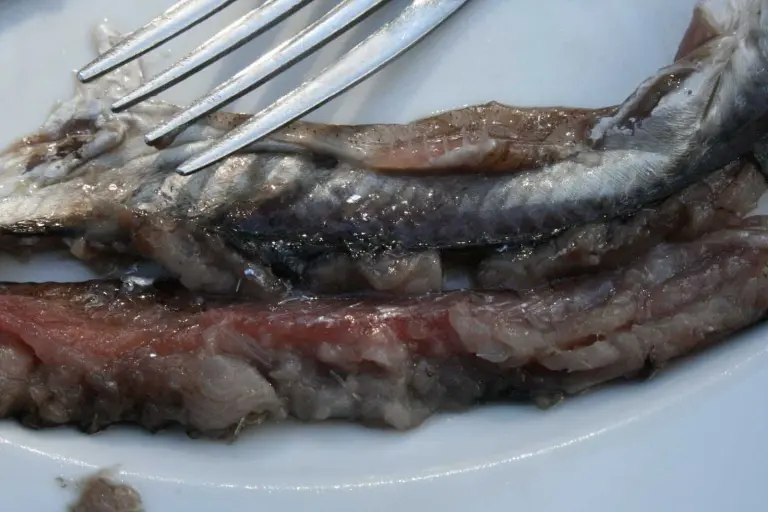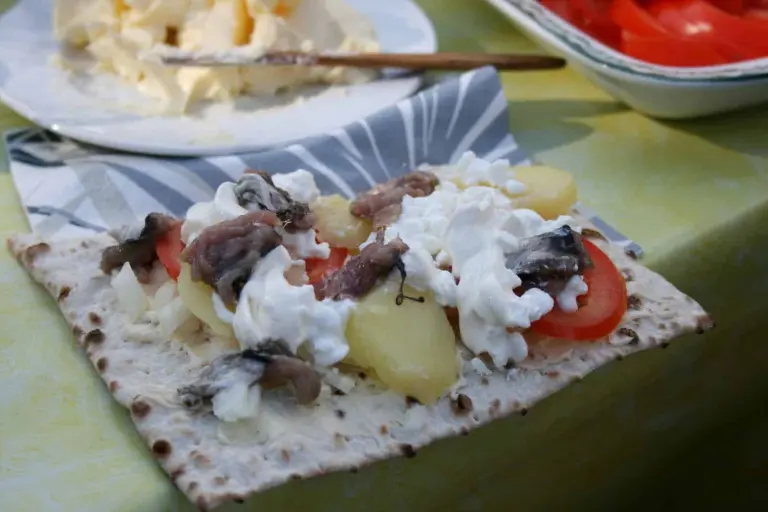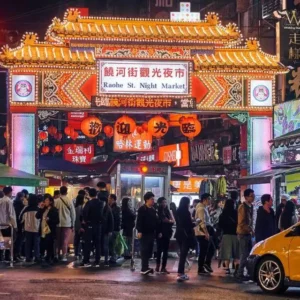Some dishes whisper tradition. Others sing. But this one screams — through the can, through the air, straight into your memory. It’s called surströmming, and if you’ve never heard of it, that’s because your nose hasn’t met its legend.
A ticking time bomb of flavor
Deep in the cold waters of the Baltic Sea, small herring are caught each spring by Swedish fishermen — but their journey doesn’t end on ice. It continues in brine, barrels, and eventually sealed tins that hide a volatile secret: fermentation.
The fish are only lightly salted — just enough to stop them rotting outright. Then they’re left to ferment for months. Gases build. The cans bulge. Inside, the fish break down, releasing hydrogen sulfide, butyric acid, and ammonia — a cocktail of aromas so potent, airlines have banned it from flights.

To open a can of surströmming is to release a storm of stench so powerful, it clears rooms. Some describe it as rotten eggs in a sewer. Others say it smells like a dead animal left under the sun. And yet — it’s a delicacy.
Beyond the smell: a ritual of resilience
In northern Sweden, especially along the High Coast and around Umeå, surströmming isn’t a joke — it’s a legacy. A cultural dish born not from luxury, but necessity. Before refrigeration, fermentation was survival. And what began as a method to preserve fish became a fiercely defended tradition.
The proper way to eat it? Outdoors. Always outdoors.

The can is pierced under water or in a bucket, to soften the splash. The fish — filleted or whole — is then placed on thin, crisp flatbread called tunnbröd, often layered with slices of almond potato, onions, and sometimes sour cream. A cold beer or shot of schnapps helps things go down. The first bite? An experience somewhere between defiance and surprise.
Because beneath the chaos of scent, surströmming is deeply savory, with a briny complexity that rewards the brave.
Not just food — a tourism challenge
Sweden has given the world ABBA, IKEA, and meatballs. But for the bold traveler, surströmming offers a story worth far more than souvenirs. This isn’t just a dish — it’s a dare, a cultural gauntlet thrown down on the plate.
Every year in August, surströmming season begins, and curious tourists flock to northern Sweden to witness — or taste — the madness. YouTubers compete to see who can keep it down. Travel bloggers record their facial contortions. Social media can’t look away.

And that’s where Sweden’s tourism potential lies: embracing the spectacle, the ritual, the folklore.
Imagine fermentation festivals. Street food stalls daring visitors to “Face the Fish.” Cooking workshops with local elders explaining how scent and survival once walked hand-in-hand. Surströmming could be Sweden’s answer to Japan’s fugu or Korea’s hongeo — dangerous, infamous, unforgettable.
A scent that stays with you
You don’t forget the smell. Or the courage it took to stay seated.
But that’s exactly why surströmming matters.
In a world where food is increasingly polished, filtered, and safe, this dish reminds us that cuisine used to be wild — and sometimes, downright terrifying. It challenges the sanitized idea of “delicious” and replaces it with something deeper: flavor built on hardship, history, and human will.

Final breath — if you dare
So: will you run from the smell? Or lean in?
Surströmming doesn’t try to win you over. It stands its ground — proud, pungent, unapologetic. It’s not here to be liked. It’s here to be remembered. And once you’ve tasted it — you’ll never forget where you were, who you were with, or how long it took for the smell to leave your clothes. Because in the world of food, some things are more powerful than flavor. Surströmming is one of them.

Explore Sweden through its unique food, culture and majestic natural beauty that we have compiled on this website. Follow us.






